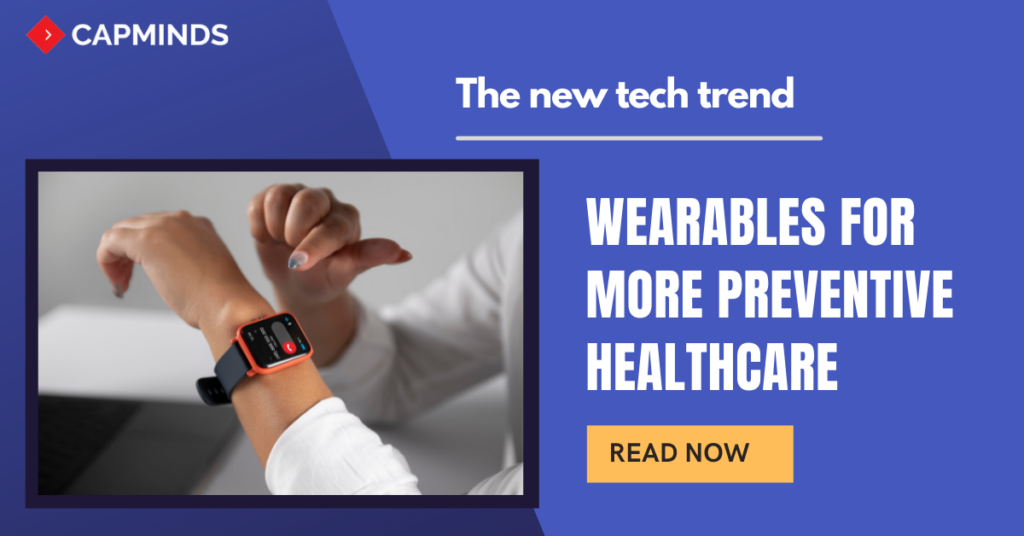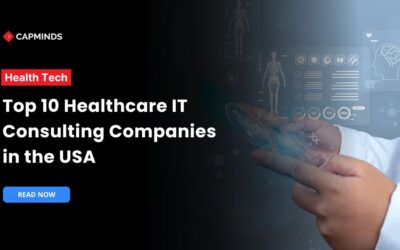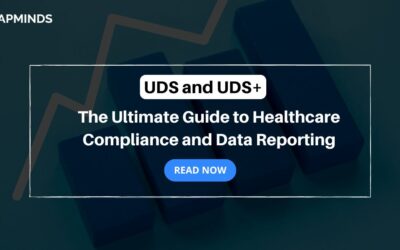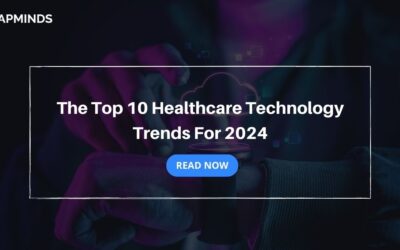The New Tech Trend: Wearables For More Preventive Healthcare
Due to the COVID-19 pandemic, there has been a greater need for the advancement of tech devices. The people who are most in need of accessing healthcare services, such as those who are socioeconomically disadvantaged or of the older generation, have experienced the greatest difficulty in accessing in-person care.
Wearable technology devices have become more popular as a result of the pandemic, predominantly allowing users to take greater precaution and prevent the spread of the COVID-19 virus.
These devices have also been used to help manage the long-lasting effects of COVID-19. Although the advancements in wearable technology could have benefits in aiding the healthcare industry, there is still a long way to go before these devices are widely adopted. High costs, the potential for these devices to appear untrustworthy as well as a possibility for them to marginalise certain societal groups could all hinder the use of these technologies within healthcare.
The use of wearable technology
Robotics and wearable technology devices are expected to continue supporting the growing need for remote medical services without spatial and temporal restrictions. They support the increased demand for medical services among senior citizens, who often suffer from reduced mobility and a lack of access to professional medical services.
Remote medical services are expected to gain momentum along with 5G technology, which became commercially available in 2019, and can expand location coverage. The COVID-19 pandemic has further highlighted the significance of remote healthcare delivery.
The healthcare wearable technology market
According to Markets and Markets, the wearables device market is expected to reach 265 billion in 2028 with a CAGR of 18%. For context, that’s a third of the size of the expected smartphone market in 2028. Much of this growth is expected to be driven by a more health conscious population that increasingly relies on devices to track their activity.
Typically done after a patient leaves the waiting room, but before they see a doctor, a vital sign assessment includes taking a patient’s temperature, blood pressure, pulse, and respiration rate. As the National Center for Biotechnology Information puts it: “Vital signs are an objective measurement of the essential physiological functions of a living organism.” In other words, they’re extremely important.
RELATED: TOP 3 PRACTICAL USES OF INTEGRATING WEARABLES INTO YOUR EHR
Collecting patient data made easy with wearables today
Collecting a person’s vital data typically occurs only as many times as you visit a doctor. However, many deadly conditions develop over time as the result of a person’s choices. Take diabetes, hypertension, and heart disease for example, these conditions are the result of decisions made across years which are disconnected from the doctor visit.
When someone binges an entire pint of ice-cream, they’re typically not thinking about how their risk of diabetes increases. Personally, I severely underestimated the detrimental impact of a late night out until one of my wearables quantified it. Wearables represent an opportunity to connect our choices to our health by creating visibility into how our lifestyle choices impact our vital signs.
Continuous data collection has the advantage of monitoring health metrics through a variety of scenarios ranging from intense mountaineering missions to cat naps during Sunday football. This variety could provide additional insights into a person’s health and surface early indicators of health conditions.
Early detection creates a shift towards more preventative care and early corrective action. The impact of corrective actions can be continuously monitored, with side effects being identified and progress easily understood; ultimately leading to accelerated recovery paths.
When health data is collected at scale and mapped to known outcomes, machine learning and AI will be able to identify a person as high risk for certain conditions and recommend preventative actions or a even a doctor visit. Using aggregated health data and known outcomes, wearables could even ask a series of questions that could help determine if a doctor visit is necessary.
RELATED: A COMPLETE GUIDE TO WEARABLES IN HEALTHCARE
Healthcare wearables – The future
In the future, medical professionals will be able to augment their small window into a patient’s health during an office visit with personal health datasets encompassing years of data. Further, big data analytics and AI will allow providers to key in on data subtleties that matter. With the right privacy measures and permissions, the doctor may be the one calling you for an appointment.
The success of wearable technologies in healthcare applications and the healthcare sector will eventually be governed by the continuous use of intention, rather than just technology acceptance or adoption rates.
How CapMinds Can Help you?
We help healthcare providers and patients to strongly build and manage IoT-powered smart technologies with complete security. Our smart wearable integration services help you to exchange health data securely, monitor patients’ health, and also increase overall patient satisfaction.
Like to identify how wearable can improve your practice workflow with advanced technologies? Schedule a demo with CapMinds Today.




